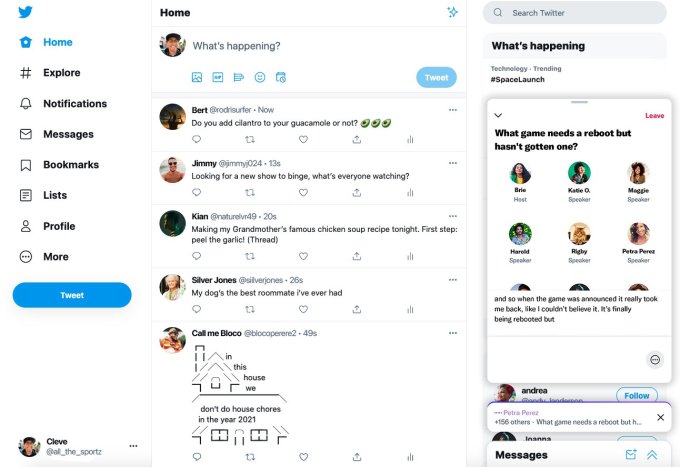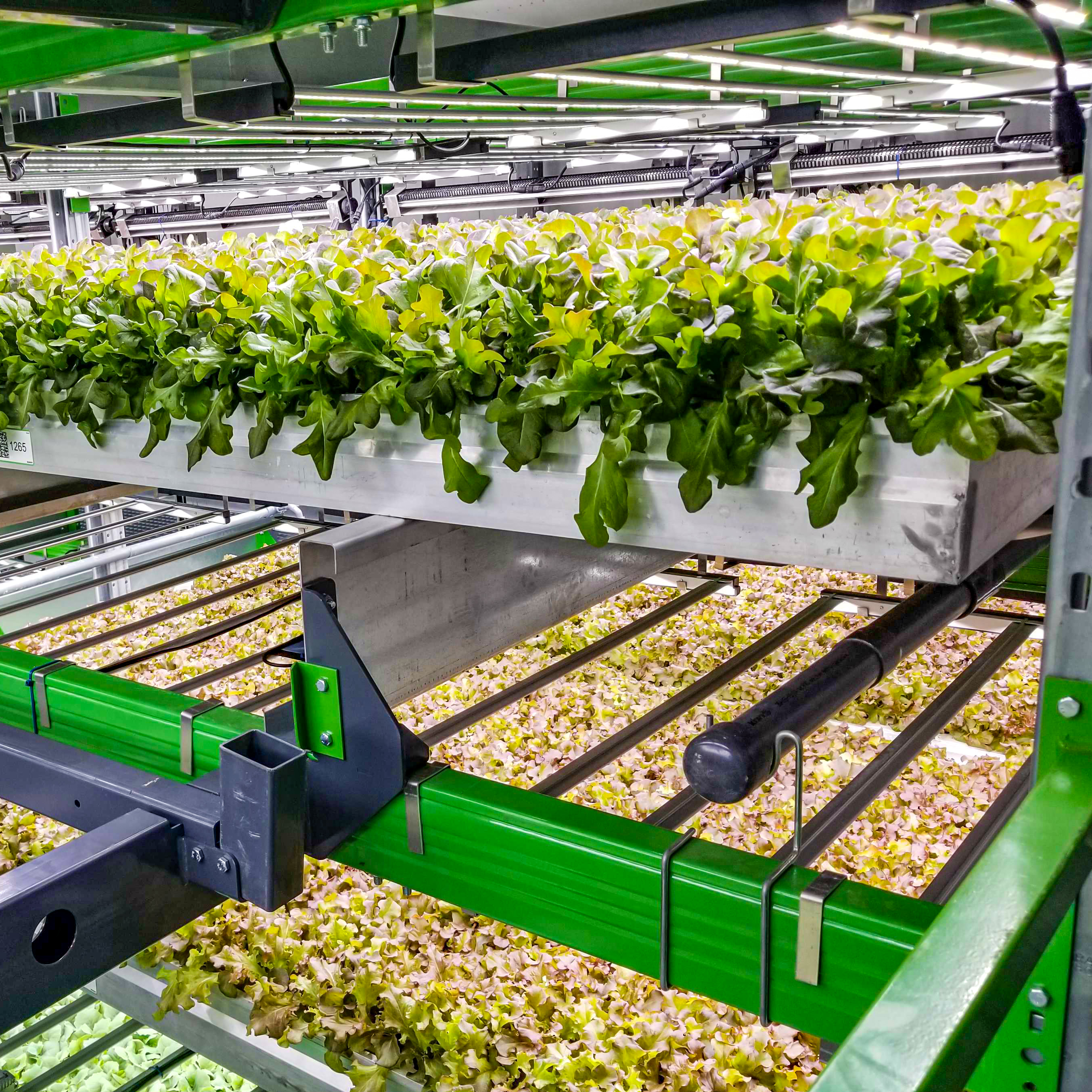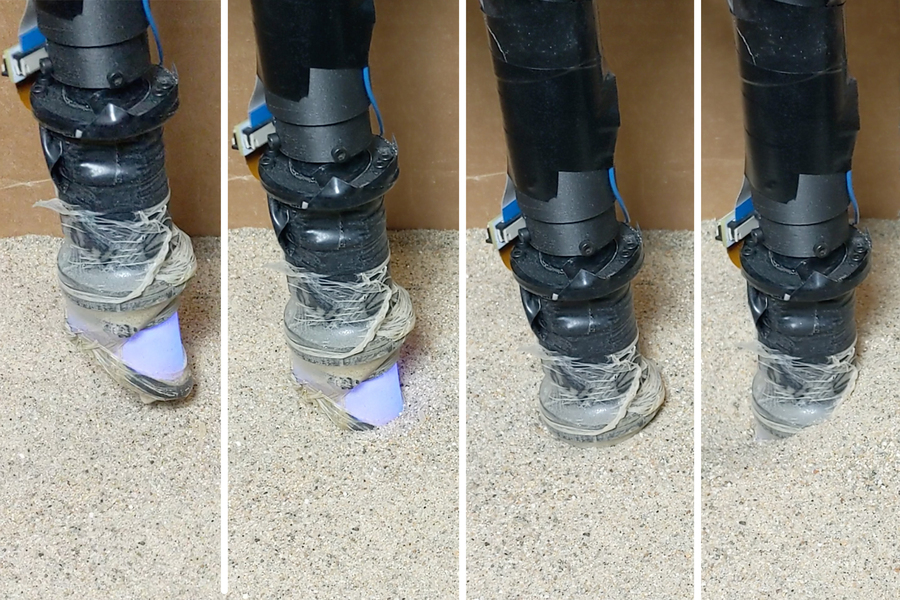News: Just 12 hours left to apply to Startup Battlefield at TC Disrupt 2021
We’ve been urging you to apply to Startup Battlefield at TechCrunch Disrupt 2021 for weeks now, and you have just over 12 hours left before the application window slams shut on May 27 at 11:59 pm (PT). Don’t procrastinate — the experience alone, whether you win the $100,000 prize or not, can improve the trajectory
We’ve been urging you to apply to Startup Battlefield at TechCrunch Disrupt 2021 for weeks now, and you have just over 12 hours left before the application window slams shut on May 27 at 11:59 pm (PT). Don’t procrastinate — the experience alone, whether you win the $100,000 prize or not, can improve the trajectory of your business.
Case in point: Mollie Breen started out as a mathematician at the National Security Agency before co-founding an IoT/OT security startup called Perygee. She and her team competed in Startup Battlefield last year at Disrupt 2020. Although they didn’t reach the finals, Breen has plenty to say about the experience. Here’s what she shared with us in a quick Q&A.
TC: Why did you apply to Startup Battlefield?
Breen: I admired the leadership and growth of other companies that, at one point, were Startup Battlefield contestants. I noticed they had similar traction to us when they applied, and their products resembled ours in their ability to disrupt the respective industry.
TC: What was the training process like?
Breen: It was incredibly valuable both in the short term and long term. Every team gets a weekly session with the Battlefield editor. Together you rehearse and go over every iteration of the pitch line-by-line and slide-by-slide. After each session, I walked away with constructive feedback on everything — the content, the speaking style and even the font color on a particular slide.
This was a unique opportunity, and we put in extra hours to be ahead of schedule, sent drafts for review in the off hours and even doubled down on additional practice with Q&As. As a result, we couldn’t have been more prepared for pitch day. And the training has stayed with Perygee well past the sessions and the competition.
TC: What did it feel like to pitch at Disrupt?
Breen: Pitching at Disrupt was, in some ways, like other pitches except that you have an international audience. Since, at that point, we had practiced our pitch dozens of times, the real unknown during the competition was the Q&A with the VC judges.
There was additional pressure to answer succinctly and convincingly within a time constraint that you wouldn’t have during a normal one-on-one pitch. But with the prep help from the TechCrunch team, I felt ready to speak in front of such a large audience. I encourage anyone who might be nervous about the big stage to go for it and trust you’ll have more than enough preparation when you get there.
TC: What was the post-pitch impact? Did you meet investors, press or other key partners?
Breen: It helped accelerate our progress. Following Battlefield, we closed an oversubscribed fundraising round. We acquired additional beta users, including our first beta user who messaged us after reading about Perygee on TechCrunch. We also gained numerous press opportunities to share our story.
It’s almost a year since Startup Battlefield, and I’m still impressed by how many people start the conversation saying they watched the pitch while reading our company’s background. It’s a reminder that the opportunities created by being a TechCrunch Battlefield company continue.
TC: Do you have any great news to share since your pitch?
Breen: At TechCrunch Battlefield we were a small team doing MVP testing and just about to start raising. Since the pitch, we have scaled on all fronts. We grew the founding team and the engineering team, and we deployed the product to enterprise networks. Some of those deployments include contacts who reached out because of TechCrunch — and we raised our seed round!
TC: Is there anything else you’d like to share?
Breen: I’m grateful for the camaraderie and relationships we developed with the other teams. What you didn’t see on stage during the pitches was all of us cheering one another on from the group chat or social media feed. Even now, we continue to support one another through navigating business questions or promoting product launches. If it weren’t for Startup Battlefield, I would never have met this awesome group of startups.
You have just 24 hours left to channel your inner Mollie Breen. Apply to Startup Battlefield before the deadline expires on May 27 at 11:59 pm (PT). Get moving!






